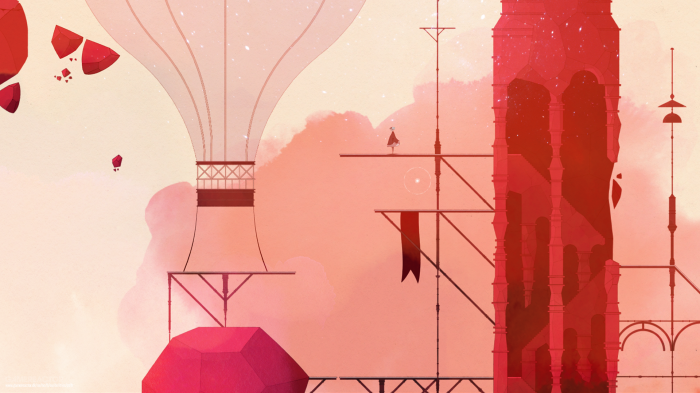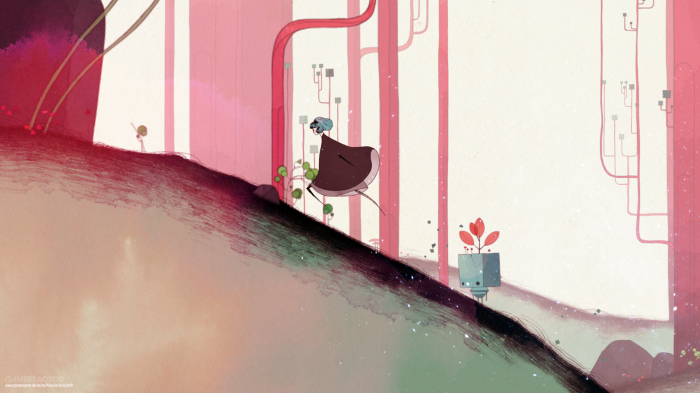Every frame’s a painting.
Despite the countless ways Gris seeks to enrapture you via its art direction, music, and ethereal story, for a few subset of people, it’d be easy to dismiss it as one of those games. Is it an indie title? Yes. Does it feature spoken dialogue? No. And will you be scratching your head, wondering what exactly is going on throughout most of it? You bet. For those who want to be challenged and enjoy a good splash of mystique, however, Gris is a mesmerising entry into a style of game first popularised by the likes of Thatgamecompany’s Journey, where your actions almost certainly carry a deeper meaning.

The first thing you’ll notice when loading up Gris – especially on that vibrant Nintendo Switch LCD screen – is just how jaw-droppingly gorgeous it is. Based on the exceptional work of Catalan artist Conrad Roset, the story of Gris is realised through a beautiful painterly art style that effortlessly blends pencil sketch work with faded watercolours. This helps the game instil you with an overwhelming sense of elegance and grandiose, both of which add up towards a gravitas that more than makes up for the narrative’s inconspicuous nature.
Most of your time in Gris is spent undertaking bouts of light exploration, solving puzzles, and jumping platform challenges. Such standards actions could be at risk of feeling overly basic or grow monotonous in other games of this ilk, but Gris sidesteps this danger by closely sticking to its structural vision, where each new section is indicated by a different colour. Red is the first shade you’ll bring back to this seemingly lifeless world, followed by green, and so on. There’s no doubt that each colour is symbolic of a specific hardship that Gris is attempting to overcome while on her journey, providing you with apt motivation in lieu of a unique approach to gameplay.

Most of the platforming challenges in Gris require you to explore a specific space, gathering enough star fragments to fit into a specific alignment that you can then climb in order to continue onward. Sometimes this might involve gliding down to a purposefully tricky platform, timing your jumps perfectly to when a platform appears, to many that involve a power you game early on, in which Gris’ skirt transforms into a heavy cube useful for slams as well as battling arduous elements. Thankfully, none of these puzzles are ever too taxing to resolve, with Gris always suitably maintaining a brisk and whimsical pace.
Gris is one of the most beautiful games you’ll ever have the experience of playing, not just on a surface-level (that’s a given), but also because of the many interpretations you’ll take from it. It may only be a short experience, with the adventure clocking in at around 2-3 hours of play time, but it’s impact will likely have you stewing over what’s gone on for many hours after. If ever you wanted a definitive answer to the question ‘Can video games be art?’ this might be it, yet possibly not for the reason you initially expect.
Gris
Summary
Gris is a beautiful puzzle-platformer about making it through the ordeals of hardship, and it’ll likely stay with you long after the credits have rolled.

